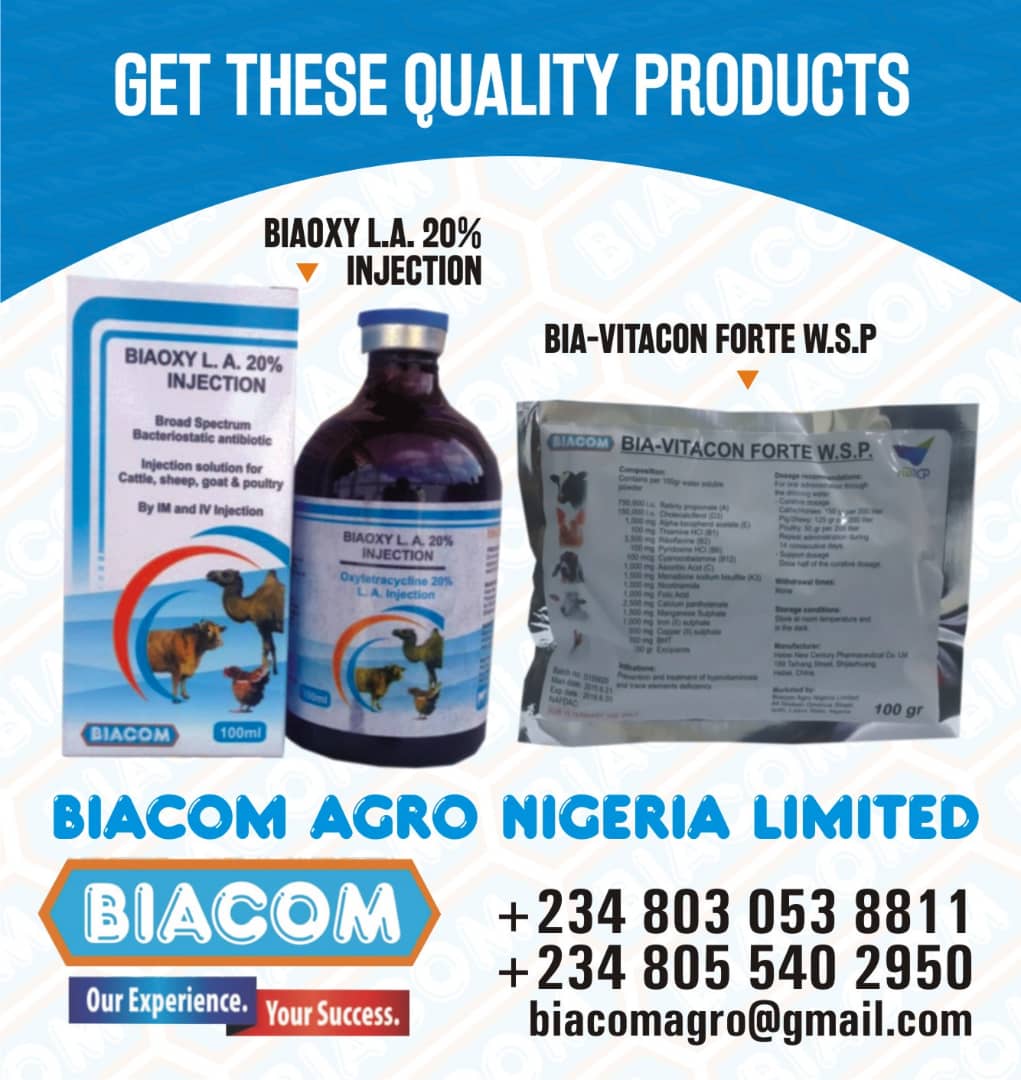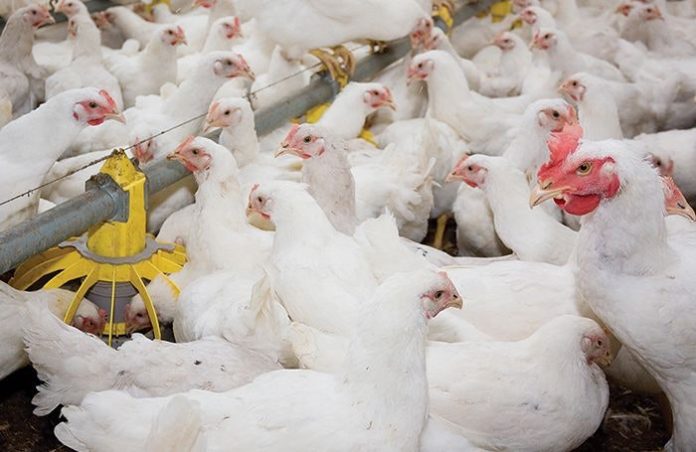 E- book offer of the day:
E- book offer of the day: 
 Poultry farming business report Volume 5
Poultry farming business report Volume 5
7 steps to increase the productivity of your poultry broilers
Increasing the productivity of poultry broilers involves optimizing various aspects of management, nutrition, health, and environment. Here are seven steps with detailed explanations to enhance the productivity of your poultry broilers:
 Learn More
Learn More
1. Select High-Quality Chicks: Start with healthy, high-quality day-old chicks from reputable hatcheries. Choose breeds or strains known for their fast growth, feed efficiency, and overall robustness. Proper selection of chicks lays the foundation for achieving optimal broiler productivity.
2. Provide Quality Nutrition: Offer a balanced and nutritionally complete diet formulated specifically for broiler chickens. Ensure that the feed contains adequate levels of protein (around 20-24%), essential amino acids, vitamins (especially vitamin D3, vitamin E, and B vitamins), minerals (such as calcium and phosphorus), and energy sources (like grains and fats). Consult with a poultry nutritionist to formulate or choose commercial feeds that support rapid growth and efficient feed conversion.
Invest in this knowledge-packed ebook promptly.  20 questions to ask your poultry farm manager everyday
20 questions to ask your poultry farm manager everyday
3. Optimize Housing Conditions: Create a well-managed housing environment that promotes broiler health, comfort, and growth. Provide adequate space per bird to prevent overcrowding and reduce stress. Ensure proper ventilation to maintain air quality, control temperature and humidity levels, and minimize ammonia buildup. Use suitable bedding materials that are clean, dry, and comfortable for the birds.
READ ALSO 15 ways to build a solid team for a successful poultry Broiler farming business
4. Implement Effective Disease Prevention: Develop and implement a robust biosecurity program to prevent the introduction and spread of diseases in your broiler flock. This includes measures such as strict sanitation protocols, limiting visitors and vehicle access, controlling pests and vectors, and practicing proper hygiene when handling birds and equipment. Regular health monitoring and vaccination (if applicable) also play a crucial role in disease prevention.

5. Monitor Growth and Performance: Regularly monitor the growth, feed conversion ratio (FCR), mortality rates, and overall performance of your broilers. Keep detailed records of key performance indicators (KPIs) to track progress and identify any issues early. Adjust feeding programs, management practices, and environmental conditions based on data analysis to optimize growth and productivity.
READ ALSO Handling and Main Challenges of Rearing Pullets
6. Provide Adequate Water and Feed: Ensure that broilers have continuous access to clean, fresh water and feed throughout the day. Optimize feeder and drinker designs to minimize wastage and prevent feed or water contamination. Monitor water quality regularly and address any issues promptly to maintain hydration and support healthy growth.
Don’t wait – buy this captivating ebook right away.
 Poultry farming business report Volume 5
Poultry farming business report Volume 5
7. Optimize Lighting and Photoperiod: Use appropriate lighting programs to stimulate growth, activity, and feed consumption in broilers. Provide consistent lighting patterns that promote natural behavior and minimize stress. Most broilers benefit from a gradual increase in light intensity and duration during the rearing period. Consult with poultry lighting experts to design an effective lighting schedule tailored to your broiler production system.
By following these steps and maintaining a proactive approach to broiler management, you can enhance the productivity, health, and overall performance of your poultry broiler operation. Regular monitoring, data analysis, and continuous improvement efforts are key to achieving optimal results.
🧩CREATED BY DR JOSEPH DEJI-FOLUTILE















